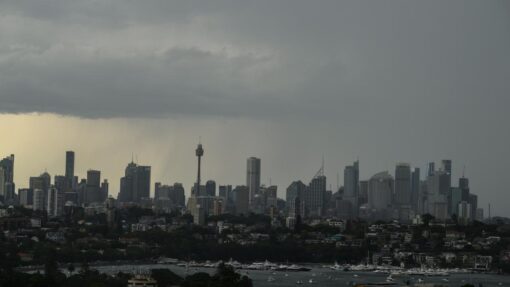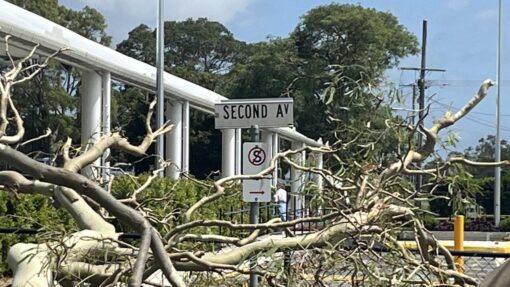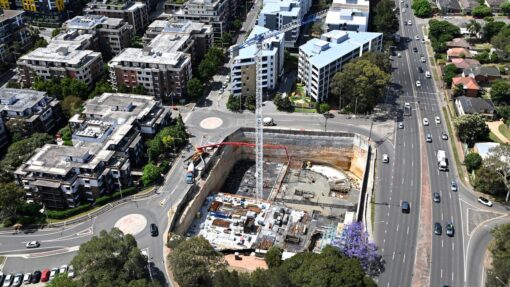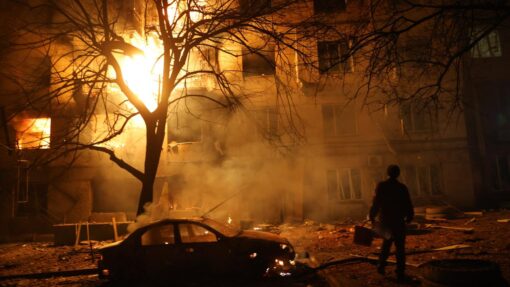Melissa hits Jamaica with full force, on path to Cuba
Danica Coto and John Myers Jr |
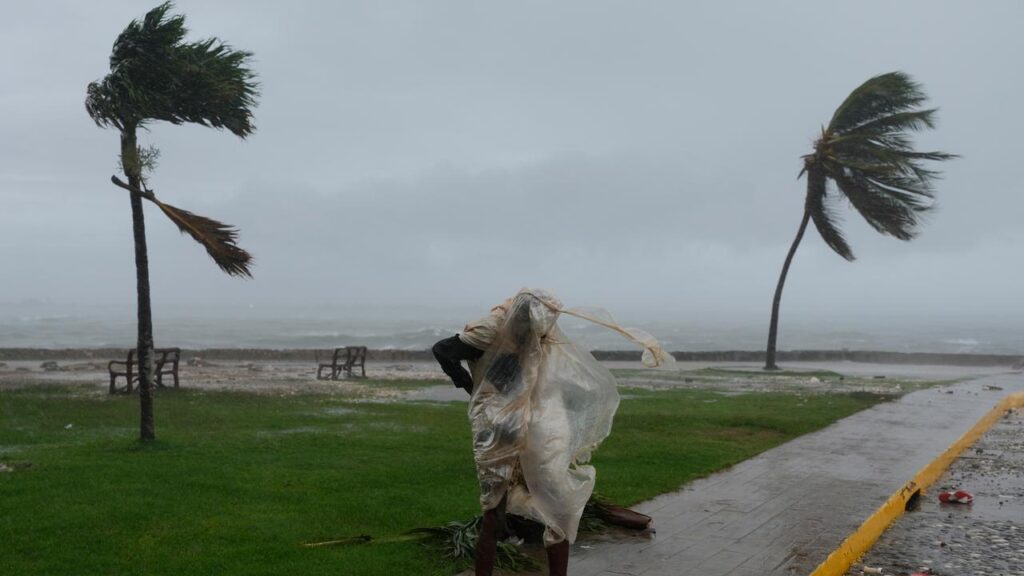
Heavy floodwaters swept across southwestern Jamaica, winds tore roofs off buildings and boulders tumbled onto roads as Hurricane Melissa came ashore as a catastrophic category five storm, one of the strongest Atlantic hurricanes on record.
Landslides, fallen trees and numerous power outages were reported as Melissa hit with 295 km/h winds near New Hope, with officials cautioning that the cleanup and damage assessment could be slow.
“There is no infrastructure in the region that can withstand a Category 5,” Prime Minister Andrew Holness said. “The question now is the speed of recovery. That’s the challenge.”

Floodwaters trapped at least three families in their homes in the community of Black River in western Jamaica, and crews were unable to help them because of dangerous conditions, said Desmond McKenzie, deputy chairman of Jamaica’s Disaster Risk Management Council.
He noted that extensive damage was reported in the southwestern parish of St. Elizabeth, which he said “is underwater.”
McKenzie said it was too early to talk about the extent of the damage because the hurricane — the strongest to hit the island since recordkeeping began 174 years ago — was still pummelling the country.
It has since weakened slightly, to a still destructive category four system.
The country’s Meteorological Service, warned that as Melissa moves off the coast its counterclockwise rotation will bring a heavy storm surge to northern Jamaica through the night.
The storm is headed toward Cuba, where it’s expected to make landfall as a major hurricane early on Wednesday.
Nearly 15,000 people were in shelters in Jamaica and some 540,000 customers, or 77 per cent, were without power, officials said.
Melissa had top sustained winds of 205 km/h and was moving north-northeast at 13 km/h as its centre moved into the Caribbean Sea, according to the US National Hurricane Centre in Miami.
“It’s been a remarkable, just a beast of a storm,” hurricane scientist Phil Klotzbach of Colorado State University told The Associated Press.
With a life-threatening storm surge of up to 14 metres expected, officials were concerned about hospitals along the coast. McKenzie said four main hospitals were damaged, with the storm knocking out power to one of them, forcing officials to evacuate 75 patients.
In Kingston, officials warned residents of the surrounding area to watch out for crocodiles that might be displaced from their habitats by flooding.
The storm is already blamed for seven deaths in the Caribbean, including three in Jamaica, three in Haiti and one in the Dominican Republic, where another person remains missing.
Officials have been huddled in meetings to determine how best to clear the debris after the storm and launch the distribution of emergency relief supplies to avoid bottlenecks at Jamaica’s ports, said Richard Thompson, acting general director for Jamaica’s emergency management office.

UN agencies and dozens of nonprofits had food, medicine and other essential supplies positioned as they awaited a distribution rush after the storm.
In a televised address to the nation, Cuban President Miguel Díaz-Canel urged the population to not underestimate the power of the storm, “the strongest ever to hit national territory.”
People in Santiago de Cuba, the island’s second-largest city with more than 1 million inhabitants, spent Tuesday frantically preparing. Few people were on the streets, while state television showed Cubans in rural areas rounding up animals and protecting crops.
Authorities in eastern Holguín province prepared to evacuate more than 200,000 people Tuesday and evacuated a similar number of people earlier from the town of Banes.
with AP
AP